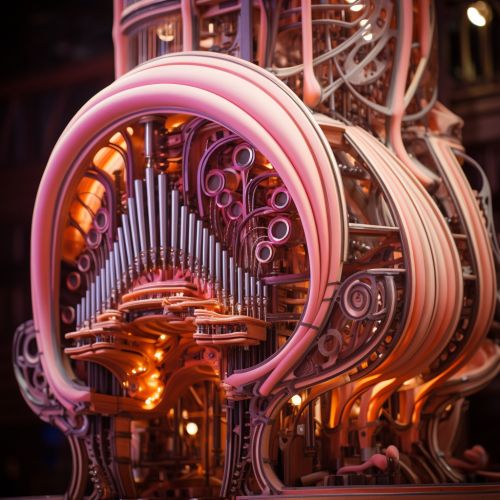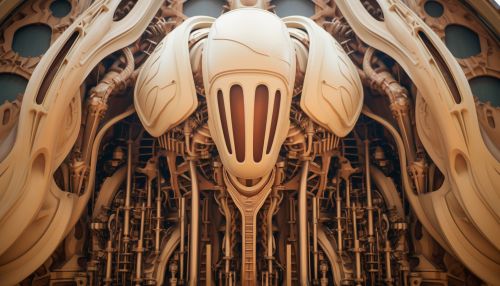Artificial Organ
Introduction
Artificial organs are man-made devices or tissues implanted or integrated into a human to replace a natural organ, supplement its function, or both. The development of artificial organs is a significant field within biomedical engineering, and is driven by the need to address organ shortages for transplantation and the limitations of current treatment options for organ failure.


History
The history of artificial organs is a fascinating journey that spans several centuries. The first known attempts at creating artificial organs date back to the 17th century, when French surgeon Alexis Carrel and American aviator Charles Lindbergh developed a perfusion pump, a precursor to the heart-lung machine. The field has since evolved, with significant advancements in the 20th and 21st centuries.
Types of Artificial Organs
Artificial organs can be broadly classified into two categories: mechanical devices and bioartificial organs.
Mechanical Devices
Mechanical devices are typically made of synthetic materials and are designed to mimic the function of the natural organ. Examples include artificial hearts, artificial kidneys, and cochlear implants.
Bioartificial Organs
Bioartificial organs, on the other hand, are a combination of synthetic materials and living cells. They are designed to mimic both the structure and function of the natural organ. Examples include bioartificial pancreas and liver.
Design and Fabrication
The design and fabrication of artificial organs is a complex process that involves a multidisciplinary approach, incorporating principles from engineering, biology, and medicine. It requires a deep understanding of the structure and function of the natural organ, as well as the interactions between the organ and the body.
Clinical Applications
Artificial organs have a wide range of clinical applications. They can be used as a bridge to transplantation, a permanent replacement for a failing organ, or a means to augment the function of an existing organ.
Challenges and Future Directions
Despite the significant advancements in the field of artificial organs, several challenges remain. These include the biocompatibility of the materials used, the longevity of the devices, and the risk of infection and rejection.
The future of artificial organs is promising, with ongoing research focused on improving the design and performance of these devices, as well as exploring new applications.
